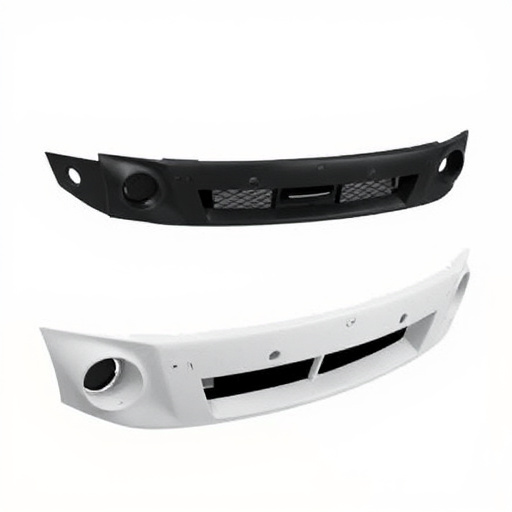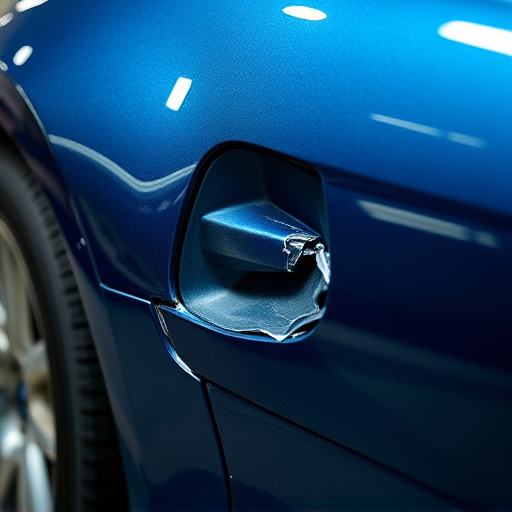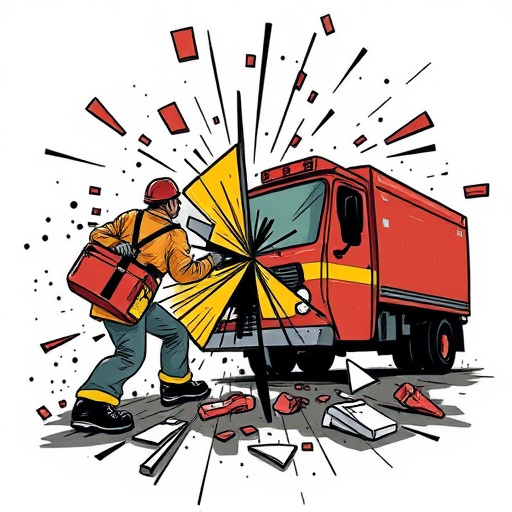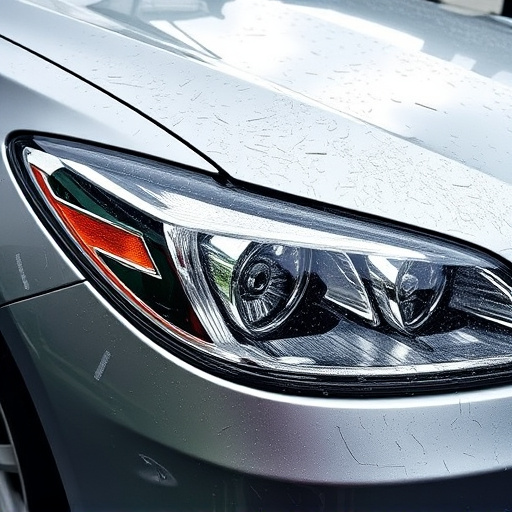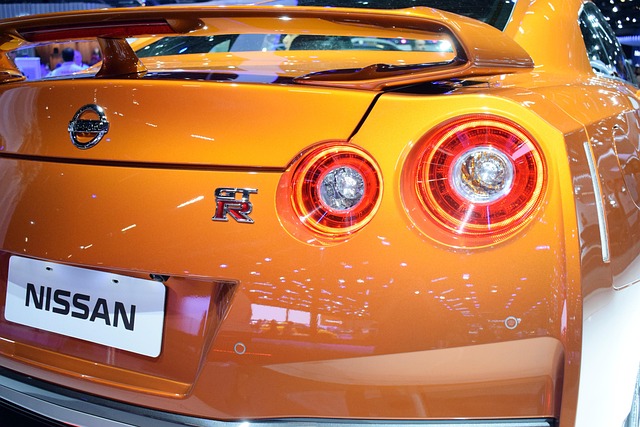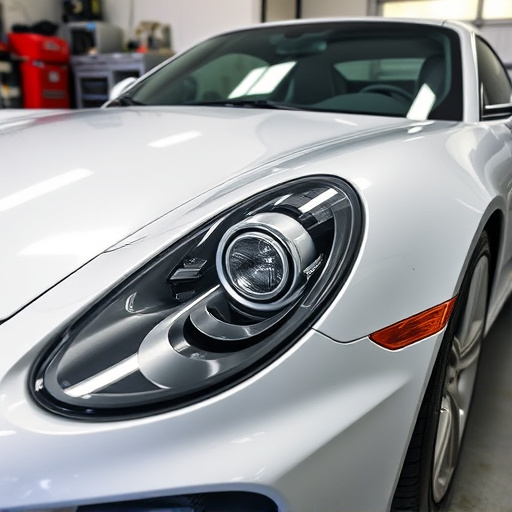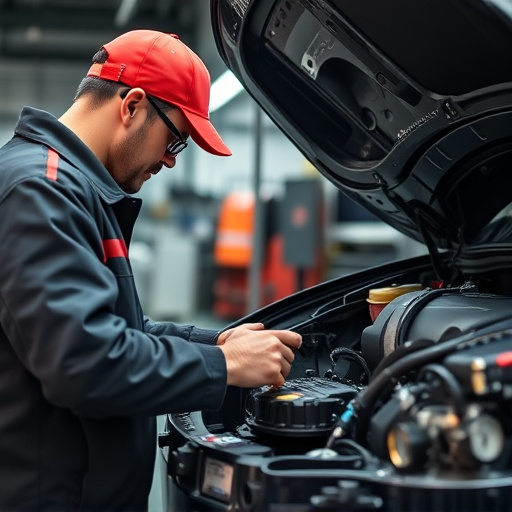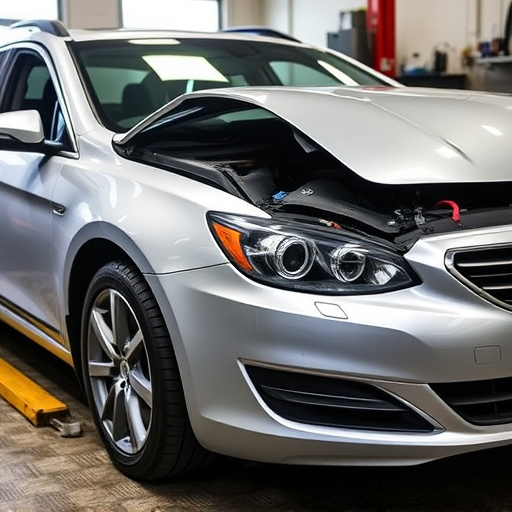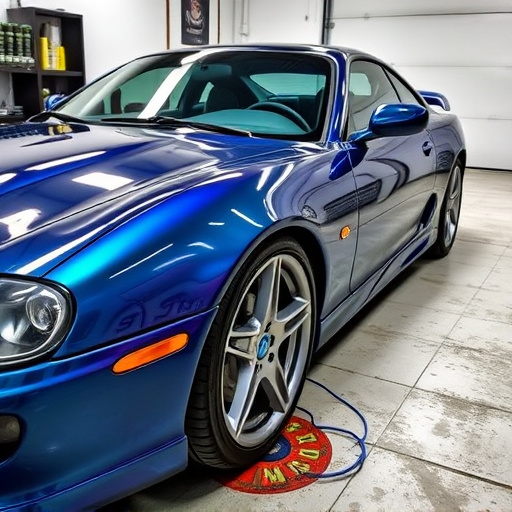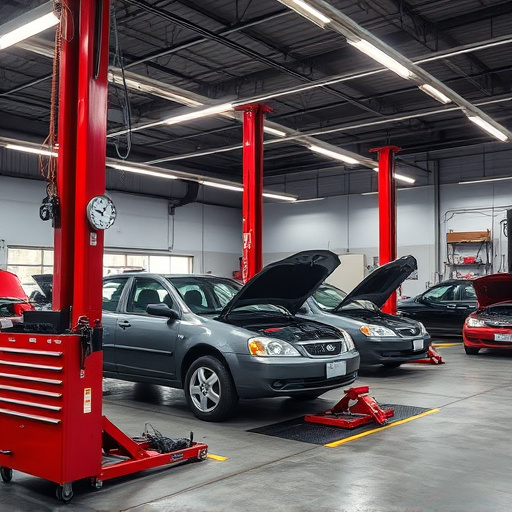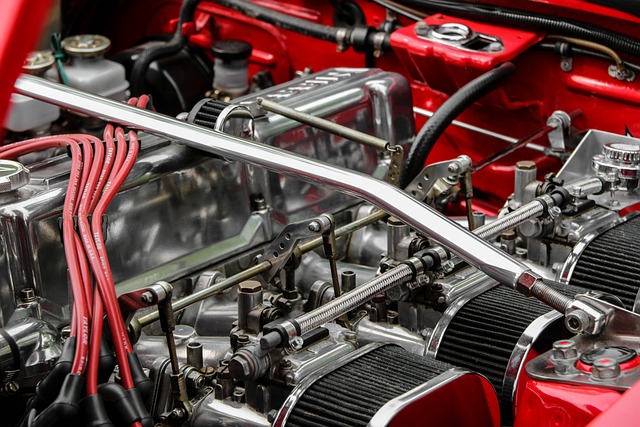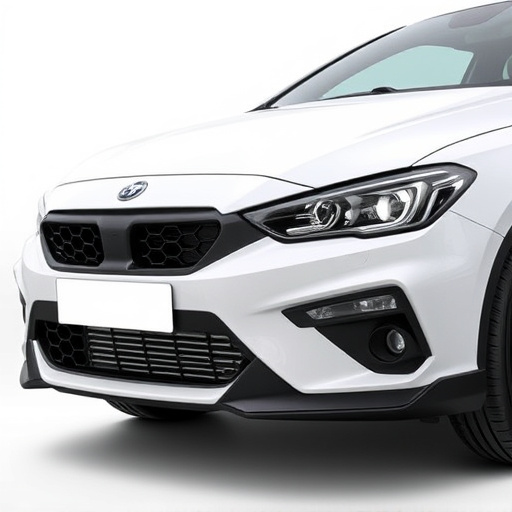RV body repair differs from traditional cars due to its unique structure, including lightweight frames and composite exterior shells. Key components like chassis and water tightness require careful attention. Common issues like dents and scratches must be promptly addressed for structural integrity and cost-effective maintenance. Restoration experts use advanced technologies and durable paint systems for precise restoration and protection against harsh weather. Specialized tools tailor repair to luxury RV models, showcasing meticulous care.
In the realm of recreational vehicle (RV) maintenance, understanding RV body repair is paramount. This comprehensive guide delves into the key elements you should know for effective restoration. From grasping the basic structure of an RV’s exterior shell to identifying common damages and exploring advanced techniques employed by professionals, this article equips you with essential knowledge. Learn how to navigate the intricate process of RV body repair, ensuring your vehicle remains a vibrant, reliable mode of exploration for years to come.
- Understanding Basic RV Body Structure
- Identifying Common Damage and Repairs
- Advanced Techniques for Restoration Professionals
Understanding Basic RV Body Structure
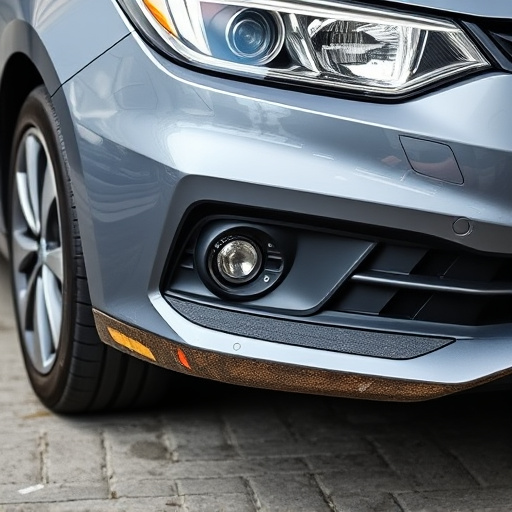
The structure of an RV (Recreational Vehicle) is distinct from traditional automobiles, which makes its body repair process unique as well. Understanding this structure is crucial when it comes to effective RV body repair. An RV typically consists of a lightweight frame built with materials like aluminium or steel, upon which the exterior shell is mounted. This shell can be made of various composite materials and is designed to withstand the rigours of travel while providing insulation and protection from the elements.
Key components include the chassis, wheels, axles, and suspension systems, all of which must be carefully evaluated for damage during the repair process. Unlike car body repair, RV repairs often require addressing specific challenges like ensuring water tightness in the interior due to the vehicle’s living space capabilities. Hail damage repair or auto body repair techniques may need to be adapted to accommodate the unique features of an RV, such as slide-outs and roof vents, which can complicate but also add complexity to the repair process.
Identifying Common Damage and Repairs
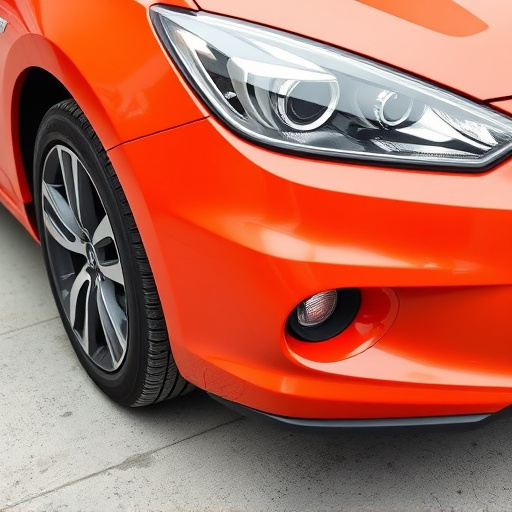
Identifying damage on an RV is a crucial step in any body repair process. Common issues include dents, scratches, and minor cracks, often caused by road debris, parking obstacles, or accidental collisions. These can range from small, shallow dings to more significant impacts that require professional attention. Understanding the severity of the damage is key; some dents might be easily removable with proper tools, while others may necessitate expert auto body repairs, especially if structural integrity is compromised.
Regular checks and maintenance are essential to prevent minor issues from becoming major problems. For example, a simple dent repair can save you from more complex and costly automotive body work in the future. Keep an eye out for any signs of wear and tear, and address them promptly to ensure your RV remains in top condition, allowing you to enjoy countless miles of travel without worry.
Advanced Techniques for Restoration Professionals
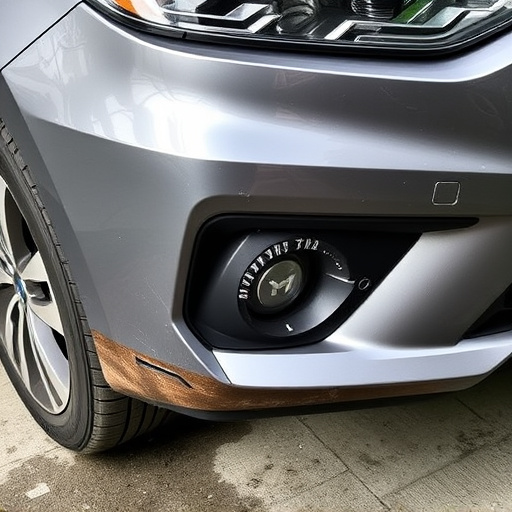
In the realm of RV body repair, restoration professionals employ advanced techniques to bring these mobile homes back to their former glory. One such technique is computer-aided design (CAD) and manufacturing, which allows for precise measurements and seamless integration of parts. This digital approach ensures that every replacement piece fits perfectly, maintaining the original aesthetics of the RV. Additionally, advanced welding technologies, like laser welding, offer unparalleled precision and strength, crucial for repairing structural damage without compromising safety or integrity.
These professionals also leverage innovative auto painting methods to restore the exterior of the RV to its vibrant state. With modern paint systems that offer superior durability and resistance to harsh weather conditions, they can accurately match the original color and finish. This attention to detail not only enhances the visual appeal but also ensures the long-lasting protection of the vehicle repair services provided. Moreover, understanding the specific requirements of luxury vehicle repair, restorers are equipped to handle high-end RV models with meticulous care, utilizing specialized tools and techniques tailored for such sophisticated vehicles.
RV body repair is a multifaceted skill that involves understanding both the unique structure of these vehicles and advanced restoration techniques. By identifying common damage, knowing the basics of RV construction, and exploring professional restoration methods, you can tackle repairs effectively. Whether you’re a DIY enthusiast or a seasoned pro, mastering these key elements will enable you to preserve the integrity and beauty of your recreational vehicle for years to come.
